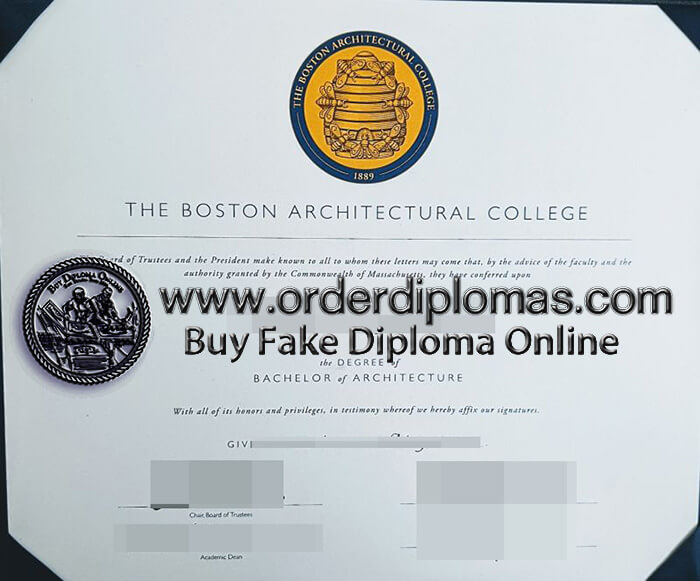
buy fake boston architectural college degree
Buy fake boston architectural college diploma, buy fake boston architectural college degree, buy fake boston architectural college certificate, buy fake diploma, buy fake degree, buy fake certificate, make fake diploma, order fake diploma, buy fake boston architectural college diploma online.
Boston Architectural College, also known as The BAC, is New England’s largest private college of spatial design. It offers first-professional bachelor’s and master’s degrees in architecture, interior architecture, landscape architecture, and non-professional design studies including real estate development and historic preservation. The college offers continuing education credits and certificates and also hosts the BAC Summer Academy for high school students, as well as a variety of other ways for the general public to explore spatial design. It hosts spatial design exhibits and exhibits student and alumni work in its McCormick Gallery and frequently hosts conferences and symposia on spatial design.
The BAC is accredited by the New England Association of Schools and Colleges (NEASC), National Architectural Accrediting Board (NAAB), Council for Interior Design Accreditation (CIDA, formerly FIDER) and the Landscape Architectural Accreditation Board (LAAB). The BAC is a member of the ProArts Consortium.
Boston Architectural Club was established on December 11, 1889. The certificate of incorporation explains that the club was formed “for the purpose of associating those interested in the profession of architecture with a view to mutual encouragement and help in studies, and acquiring and maintaining suitable premises, property, etc., necessary to a social club… and…for public lectures, exhibitions, classes, and entertainment.” Members of the Club provided evening instruction for drafters employed in their offices. From this interchange, an informal atelier developed in the tradition of France’s École des Beaux-Arts. The Club held annual public exhibitions and published illustrated catalogs. Bertrand E. Taylor was a charter member.
The BAC began its formal educational program under the joint leadership of H. Langford Warren and Clarence Blackall. The school was organized to offer an evening education in drawing, design, history, and structures. Like its informal predecessor, the BAC soon developed into an atelier affiliated with the Society of the École des Beaux-Arts in New York. The BAC’s design curriculum, teaching methods, and philosophy closely resembled those of the École des Beaux-Arts.
In 1911, the Club acquired a building at 16 Somerset Street on Beacon Hill. The BAC building contained a two-story Great Hall – designed by Ralph Adams Cram – as well as other spaces used for lectures, meetings and exhibitions, a library, and several studios. The newer facilities attracted more students, and the course of instruction became increasingly defined and formal.
In the 1930s most American schools of architecture broke away from the Beaux-Arts tradition and began to establish their own curricula and teaching methods. Without the support of a university structure, The Club struggled with the pains of growth and adjustment. The BAC appointed Arcangelo Cascieri to serve as dean. Cascieri brought the BAC through its philosophical transition without sacrificing the atelier teaching method. The BAC began to draw its faculty from nearby architectural schools and the extended local community of related professionals.
Boston Architectural Center (1944–2006)
Boston Architectural College, Main Building, 1966
The Club reorganized in 1944 as the Boston Architectural Center, with the mission “to provide instruction in architecture and related fields for draftsmen and others interested in the practice of architecture or the allied arts, especially those whose employment might interfere with such education in day schools and universities.”
By 1965, the BAC had developed a continuing education program to serve the broader community. By the mid-1960s, the Somerset Street building no longer sufficed to serve the needs of the growing school, and the BAC purchased a brick building at 320 Newbury Street. A national design competition was held in 1964, and the winning entry, a Brutalist structure designed by Ashley, Myer & Associates, houses the BAC to this day.

 USA Diplomas
USA Diplomas Canada Diplomas
Canada Diplomas UK Diplomas
UK Diplomas Australia Diplomas
Australia Diplomas Germany Diplomas
Germany Diplomas Malaysia Diplomas
Malaysia Diplomas Singapore Diplomas
Singapore Diplomas Other countries
Other countries Transcript-Form.xlsx
Transcript-Form.xlsx
